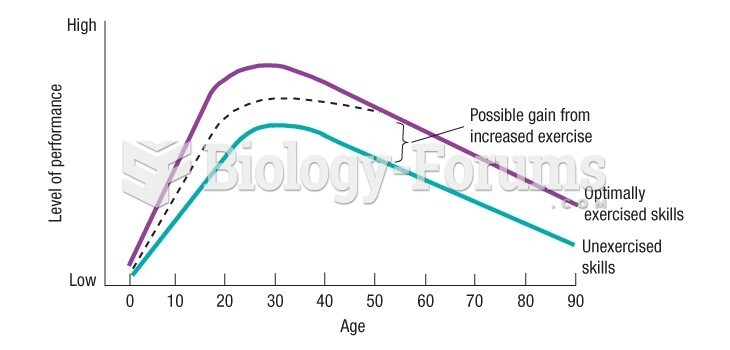Currently, about 99 of all school districts have merit pay or pay for performance.
Indicate whether the statement is true or false.
Question 2
The 2010 Phi Delta Kappan/Gallup survey indicated that on the subject of merit pay,
a. 75 of the public did not favor it.
b. 25 of the public did not favor it.
c. 70 of the public favored it.
d. 20 of the public favored it.
Question 3
Which of the following statements is not true concerning the impact of the Great Recession on state education budgets?
a. In 2010, every state except Montana and North Dakota faced budget shortfalls totaling 200 billion.
b. In 2011, 46 states faced 130 billion in budget shortfalls.
c. In 2012, 44 states and D.C. faced 125 billion budget shortfall.
d. In 2013, all 50 states, D.C., and all U.S. territories faced 289 billion budget shortfall.
Question 4
The legal requirement to prefund public retirement systems is
a. Federal Employee Retirement Income Security Act (ERISA).
b. Social Security regulations.
c. Government Accounting Standards Board (GASB).
d. non existent.
Question 5
How are defined contribution retirement plans are best described?
a. The employer matches the employee funds up to some percentage of base salary into an investment plan of the employees choice for each year the individual is employed.
b. The employer provides a guaranteed income to the employee based on salary and years of service.
c. The employer provides health, dental, vision, and prescription drug payments to the employee after a certain number of years of employment.
d. The employee pays for all health care costs up to a certain limit (usually around 3,000) and then the employer pays all subsequent health care costs.
Question 6
How are defined benefit retirement plans are best defined?
a. The employer matches the employee funds up to some percentage of base salary into an investment plan of the employees choice for each year the individual is employed.
b. The employer provides a guaranteed income to the employee based on salary and years of service.
c. The employer provides health, dental, vision, and prescription drug payments to the employee after a certain number of years of employment.
d. The employee pays for all health care costs up to a certain limit (usually around 3,000) and then the employer pays all subsequent health care costs.
Question 7
The cost per hospital patient day, adjusted for inflation, has increased from 30 in 1946 to what in 2010?
a. 4,350
b. 4,950
c. 6,350
d. 7,550
Question 8
Which of the following is not a significant contributor to rising health care costs?
a. Increasing life spans
b. Greater incidences of chronic diseases requiring long-term care
c. Expensive new medical technologies and medicines
d. Incentives to control health care spending
Question 9
What percentage of the U.S. economy is devoted to health care?
a. 10
b. 14
c. 17
d. 21
Question 10
In 2010, the average premium for a family health care plan purchased through an employer was
a. 5,721.
b. 8,452.
c. 11,511.
d. 13,770.
Question 11
How much have employer-sponsored health care costs increased since 2000?
a. 50
b. 100
c. 150
d. 200
Question 12
Darling-Hammond determined that teacher quality variables, such as full certification and completing a major in the teaching field, are more important to student outcomes in reading and math than are student demographic variables
Indicate whether the statement is true or false.







